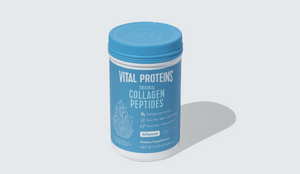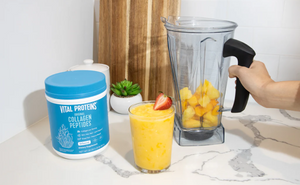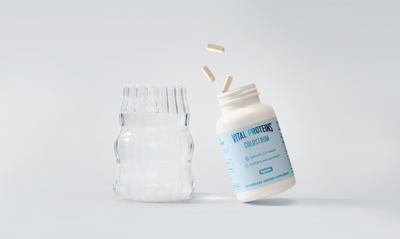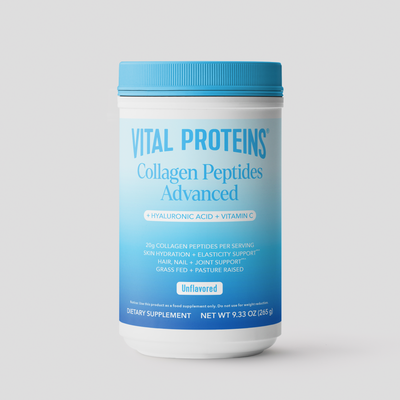While pumpkins and apples tend to get all the food glory in the fall months, there are a variety of other exciting fall foods to add to your grocery cart or pick up at your local farmers market. Many fall foods are high in vitamin C, a natural antioxidant, as well as amounts of other key nutrients. Whether you're looking for some inspiration in the kitchen, planning to make a comforting soup recipe or seeking nutritional benefits, these fall produce options offer great additions to your plate.

5 Fall Foods You Should Be Eating This Season
1. Brussels Sprouts
These cruciferous vegetables are a versatile addition to your plate. A half cup of brussels sprouts offers 2g of fiber, 2g of protein and several nutrients, including vitamin K, vitamin C, vitamin A and folate. Brussels sprouts are also full of antioxidants. Toss them in olive oil, salt and pepper for an easy and delicious side that can be steamed, sautéed or baked. For more flavor, consider adding balsamic vinegar, mustard or maple syrup.
2. Beets
Though they come across as a bit "earthy," beets are a nutritional powerhouse. They are high in nitrates, which have been shown to lower blood pressure and improve athletic performance by enhancing blood flow.** To reduce the earthiness flavor of beets, consider caramelizing them by baking them in the oven. You can also chop them up and add them to salads or puree them into hummus and mixing in our Vital Proteins® Original Collagen Peptides ($27; shop now) for a boost to your collagen intake.
Related Articles
3. Pears
One medium-sized pear provides 6g of fiber – about 25% of the daily recommended intake – making them the most fibrous fruit. Because of the high fiber content, pears are a great snack that can help with satiety. Pears also offer antioxidants and small amounts of several other nutrients, including vitamin C, potassium, calcium, iron, magnesium and vitamin B-6. Paired with nuts or cheese, pears are a great snack and are also tasty additions to salads and baked goods.
4. Spaghetti Squash
Spaghetti squash is a member of the winter squash family and resembles spaghetti in appearance but has a much lower carbohydrate content. Like other members of the winter squash family, spaghetti squash is high in antioxidants. To bake, just cut the spaghetti squash in half, lengthwise, scoop out the seeds and season accordingly before throwing in the oven. You can also cook spaghetti squash in the microwave for a faster alternative. Once your squash is cooked, scrape out the squash strands and combine with other veggies, protein, cheese or other pastas. Spaghetti squash offers small amounts of several nutrients, including vitamin C, manganese, vitamin B6, potassium, folate, calcium and iron.
5. Cauliflower
Cauliflower is a cruciferous vegetable that offers antioxidants and phytonutrients. A 1-cup serving of cauliflower offers nearly 80% of the recommended intake of vitamin C as well as small amounts of fiber, vitamin K, vitamin B, folate and manganese. Since cauliflower is significantly lower in carbohydrates than grains and legumes, it is highly regarded for its versatility. It is often prepared similar to broccoli or brussels sprouts but can also be ground into rice and pizza dough or pureed into sauce.

















